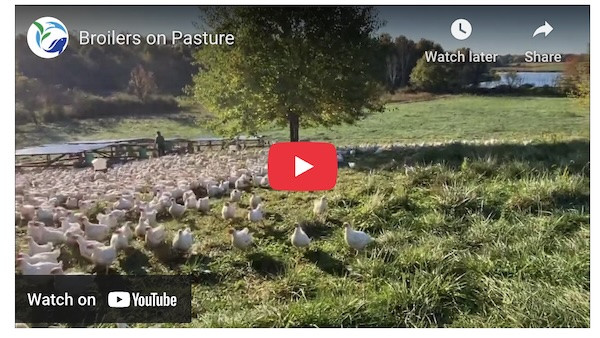Lies My Food Labels Tell Me
posted on
May 25, 2025
The organic, free-range, all-natural, grass-fed (insert marketing word HERE) movement has swept the nation. Every major grocery chain is on board for a simple reason – IT SELLS. Now, more than ever it is easy to hit the supermarket to get the wholesome food we desire -- Or is it?
We are a culture identified by our brands: the coffee we drink, the car we drive, the jeans we wear and even the stores where we shop. Our brands define something about us and our values. Don’t believe me? Join me at the Earth Fare parking lot as I step out of my dually turbo diesel truck donning a cup of gas-station coffee! The stares are priceless. We buy brands because we believe something about them. The same is true for food labels. When we walk out of our favorite grocery store with a cart full of organic chicken, free-range eggs and antibiotic-free pork, we feel like we’re doing the right thing for our family, the animals and the environment.
The sad truth is: it’s only a feeling. Yes, that’s right, we’re being duped. The words on the label are meant to convey an image about how we want our food to be, not how it really is. We willingly pay more because we want our decisions to have a positive impact, but in reality the only added value we’re getting is a good feeling. Let’s have a closer look. Are you sitting down?

This is legally defined as free range
“Free Range” is now used in the egg industry and on meat chicken. The words convey an image of happily roaming birds, out in the open sunshine, free to forage and produce superior quality. The USDA law for using this word on packaging states: “Producers must demonstrate to the agency that the poultry has been allowed access to the outside.” You would be right to assume that this is a loophole you can drive a freight train through. The industry is allowed to interpret this to mean cramming thousands of hens in a barn and leaving a door open. This is not the image the consuming public has in mind when buying “free-range” eggs.
Since pictures usually speak a thousand words, we’ll simply let a picture of a “USDA Certified Organic” broiler barn speak for itself.
“Organic Chicken” Production Facility

An article in Ag Daily from May 2017 openly points out that organic meat chicken production is nearly identical to conventional “factory farms”. The person being interviewed has 14 barns that house 30,000 birds each. All fourteen barns will be “turned over” seven times. In other words, each barn will grow 210,000 birds per year. Multiply that times 14 barns and this one grower will raise 2.9 million "organic" chickens per year. I suspect the picture above is NOT what most of us have in our minds when we’re paying $8.50 a pound for certified organic chicken.
I was shocked that the interviewee admits that most of the feed for the organic poultry industry comes from China. Does anyone remember the debacle with melamine added to infant formula? How about knowingly allowing lead-based paint to be used on toddler toys? Can we really believe that the agencies certifying this feed as “organic” are telling us the truth? The truth is, there is virtually no difference between “conventional” and “organic” chicken except the price.
Is your blood pressure rising just a bit? I’m sorry to be the bearer of the bad news, but here are a few more meaningless labels we see all the time:
“No Steroids, No Hormones” – These are words used primarily on the packaging of poultry and pork. The fact is, steroids/hormones have been banned for use with pigs and chickens since the 1950’s. Essentially, the label is just saying “We’re following the law.”
“All Natural” - We see this on just about everything. The FDA qualifies high-fructose corn syrup worthy of using this label. Need I say more regarding its meaninglessness on packaging?
“Grass-fed” – This is primarily seen on beef products. The truth is, there is ZERO government oversight for the use of the label “grass-fed.” Producers and food companies are able to interpret the label in a myriad of ways. The most common interpretation goes something like this: “All cattle eat grass at some point in their lives.” It’s quite literally the wild west when it comes to the word “grass-fed.” That’s right folks, we’re being ripped off.
All this makes me angry because it is intentionally deceptive. We are duped into paying more for products that are essentially the same thing as “conventional products”. What drives me over the edge are the big, fancy, national stores with an entire business model based on these deceptive advertising practices.
As a culture, we like to think we make informed buying decisions. We read reviews online before we decide to spend a hundred bucks on a coffee maker. We ask for opinions on weather the curtains we’re buying match our carpet and sofa. When it comes to our food, however, we forget to realize one, simple truth: What I eat becomes me. My phone may have a nine-gazzillion pixel camera that makes my social media posts get more “likes”, but it does not become part of my body like my food does.
If my daily food decisions are this important for my health and well-being, one thing is certain – Ain’t no way I’m believing the lies my food labels tell me!



